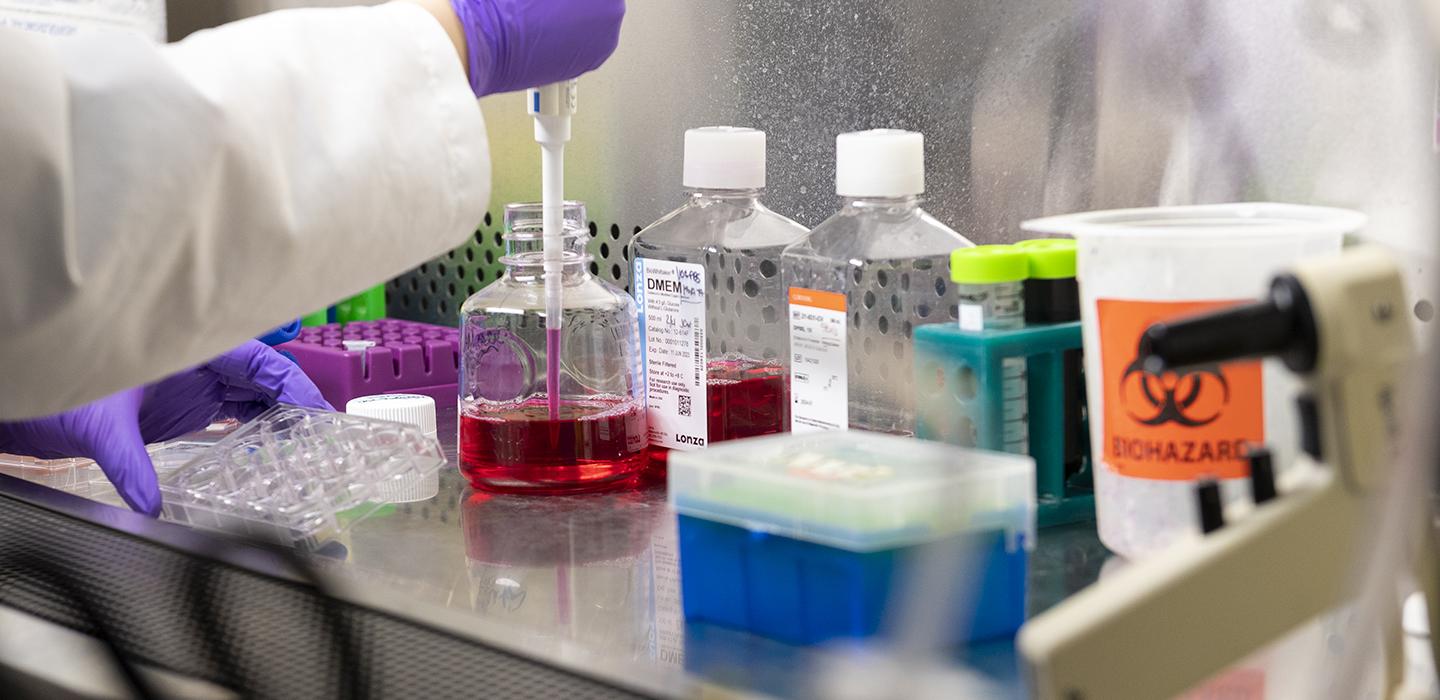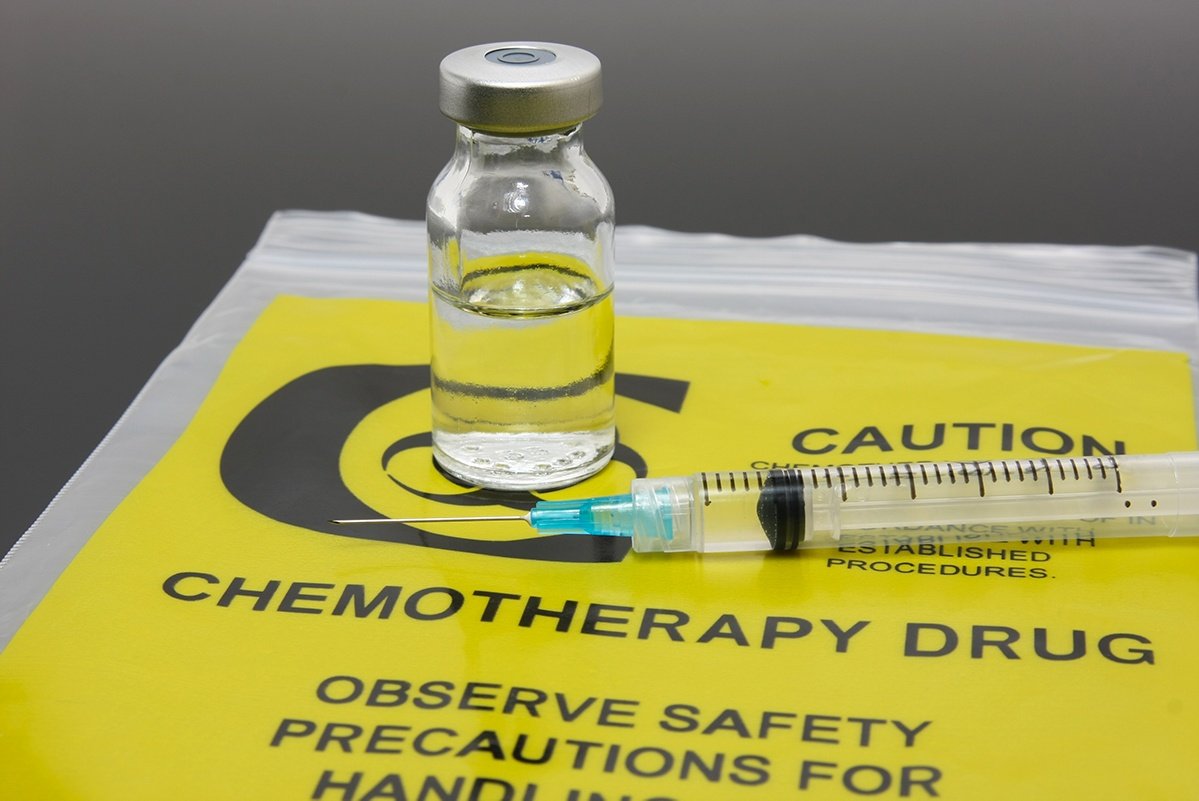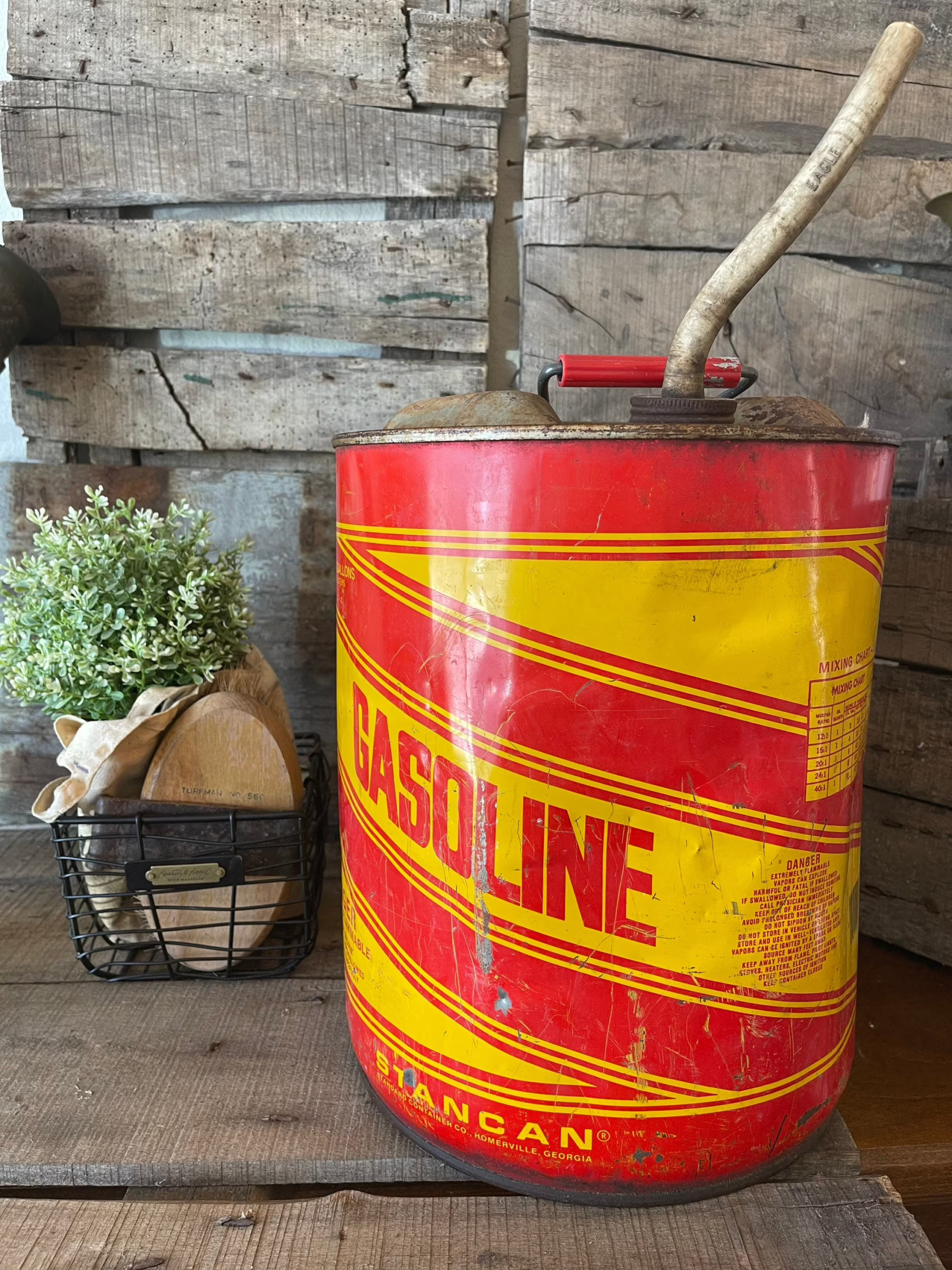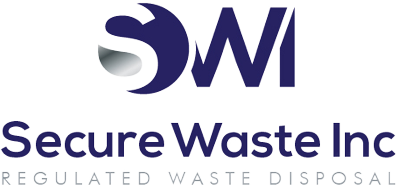What Is Acute Hazardous Waste In Healthcare? Step-by-Step Guide With Expert Solutions From Secure Waste
Have you ever wondered about the meaning of “Acute Hazardous Waste”? This category of waste is particularly concerning due to its potential to cause significant harm to human health and the environment. It typically includes materials that are highly toxic, reactive, or capable of generating dangerous fumes.
We have been exploring this critical healthcare waste stream at Secure Waste and gathered valuable insights we’d like to share. Understanding acute hazardous waste is essential for proper management and disposal, ensuring safety and compliance with environmental regulations. Join us as we delve into the characteristics, risks, and best practices of handling this type of waste in healthcare settings. Need help with hazardous waste disposal? Check out Secure Waste Solutions.

Before we jump into acute hazardous waste, let’s discuss general healthcare hazardous waste.
Acute and extremely hazardous wastes significantly threaten human health and the environment. Upon exposure, these wastes can lead to severe outcomes such as death, disabling personal injury, or serious illnesses. Compared to ordinary hazardous wastes, which still present considerable risks, acute hazardous wastes are far more dangerous.
Healthcare hazardous waste refers to materials produced within healthcare settings that pose significant risks to human health and the environment. This type of waste includes infectious materials, sharps, pharmaceuticals, and various chemicals. Inadequate handling and disposal of these wastes can lead to serious consequences, including infections, injuries, and environmental contamination.
Types of Healthcare Hazardous Waste:
Biohazardous Waste: This category encompasses materials contaminated with blood, bodily fluids, human tissue, cultures of infectious agents, and discarded vaccines. It also includes contaminated sharps, such as needles and blades, which require careful management to avoid risks.
- Pharmaceutical Waste: This includes unused or expired medications, encompassing prescription and over-the-counter drugs. Proper pharmaceutical waste disposal is crucial to prevent accidental ingestion or environmental harm.
- Chemical Waste: This category comprises cleaning chemicals, pesticides, and other potentially hazardous materials in healthcare facilities. These substances can pose risks if not handled and disposed of appropriately.
- Radioactive Waste: Generated from diagnostic or therapeutic procedures, this type of waste requires special attention due to the potential health risks associated with improper handling and disposal.
Dangers Linked to Healthcare Hazardous Waste:
- Infection: If proper precautions are not taken during handling and disposal, infectious waste can transmit diseases to healthcare workers, patients, and the broader community.
- Injuries: Sharps waste, in particular, presents a risk of puncture wounds and cuts, which can lead to severe infections if not managed correctly.
- Environmental Contamination: Improper disposal methods can lead to soil, water, and air pollution, adversely affecting human and animal health.
- Toxic Exposure: Chemicals and pharmaceuticals pose a risk of harmful exposure when not properly managed and disposed of, emphasizing the need for stringent waste management protocols in healthcare settings.
Effective management of healthcare hazardous waste is essential to safeguard human health and protect the environment from potential hazards.
Acute Hazardous Waste: A Comprehensive Overview
Acute hazardous wastes typically encompass materials classified under the “P-list” — a list of discarded commercial chemical products known for their extreme toxicity and potential to cause immediate harm. Additionally, the six dioxin-bearing wastes found in the “F-List,” which includes a variety of waste streams often produced during industrial processes, also fall under this category.
Identifying acute hazardous waste relies on specific criteria to determine the acutely dangerous nature of certain chemicals. These criteria include the chemical’s toxicity, environmental persistence, and the potential for bioaccumulation in living organisms, ensuring that these wastes are handled and disposed of with the utmost care to mitigate their inherent risks.
The criteria:
Separates highly toxic (acute hazardous) waste from other toxic wastes (U-listed wastes). Establishes the management method for containers that hold P-listed wastes
Acute hazardous waste represents a category of hazardous waste that poses an extraordinarily high level of risk, capable of causing death, severe illness, or injury, even in minuscule quantities. This classification signifies that these wastes are significantly more perilous than standard hazardous waste, with their extreme toxicity recognized and regulated by the Environmental Protection Agency (EPA).
Key Characteristics of Acute Hazardous Waste
- Extreme Toxicity: The hallmark of acute hazardous waste is its exceptional toxicity. Even trace amounts can result in fatal outcomes or induce critical health problems, making these substances incredibly dangerous.
- Listed Wastes: The EPA’s “P-list ” highlights the most dangerous materials, identifying acute hazardous wastes. Specific entries from the “F-list” may also fall under this designation. Examples include hazardous substances such as F020, F021, F022, F023, F026, and F027, each requiring careful handling and treatment due to their lethal potential.
- Stringent Regulations: Due to their extreme hazards, acute hazardous wastes are governed by far more stringent management and disposal regulations than regular hazardous waste. This ensures that these dangerous materials are handled with the utmost care to prevent accidental exposure or environmental contamination.
Examples of Acute Hazardous Waste:
Certain pesticides known for their toxicity, cyanides, and various other highly toxic substances that can pose immediate threats to human health and the environment are typical examples of acute hazardous waste.
- EPA Listings: The EPA designates certain chemicals as acutely hazardous based on their toxicity levels and other risk factors. This classification is crucial for maintaining public safety and environmental integrity.
- Toxicity Metrics: Acute hazardous wastes are often classified by their lethal dose (LD50) or lethal concentration (LC50) values, which are determined through laboratory testing on animal models. These metrics help identify the degree of risk associated with exposure to these substances.
Acute hazardous waste constitutes a critical subset of dangerous waste that presents an exceptionally high risk due to its extreme toxicity and potential for severe health consequences. Awareness and proper management of these materials are vital to safeguarding public health and the environment.
In conclusion
Now that you have a more comprehensive understanding of acute hazardous waste, don’t hesitate to contact Secure Waste.
We provide reliable, compliant, eco-friendly medical waste disposal solutions for your facility’s needs. We have expertise in biomedical, hazardous waste, and Sharps container disposal. In addition, we provide customized waste management plans, including secure collection and transport, and sustainable disposal practices.
Contact us today for a FREE Waste Assessment, or request a quote online!
**Disclaimer** This information is provided for reference purposes only and should not be considered as legal advice or factual information at the time of your reading. Regulations frequently change and can vary from state to state. We encourage you to contact your local regulatory authorities or Secure Waste directly for the most current information. Please note that Secure Waste is not liable, in part or in whole, for any information contained on this page or website.

Expert Medical Waste Management: With over 25 years of industry experience, Secure Waste is a trusted local leader in hazardous and biohazardous waste disposal across Maryland, Virginia, and Washington, D.C. Specializing in medical waste management, sharps needle disposal, and biohazard waste removal, the company ensures full compliance with federal, state, and local regulations while prioritizing environmental sustainability.
The company also offers additional services, including secure document shredding and sharps container sales, providing comprehensive solutions for healthcare facilities and businesses. Our cost-effective services help clients maintain regulatory compliance without unexpected costs.
With a commitment to customer satisfaction, Secure Waste offers tailored waste management plans that align with industry best practices. Their team of experts provides reliable, timely, and compliant services, making them the preferred choice for medical waste disposal. For a free waste quote or more information, visit www.securewaste.net






